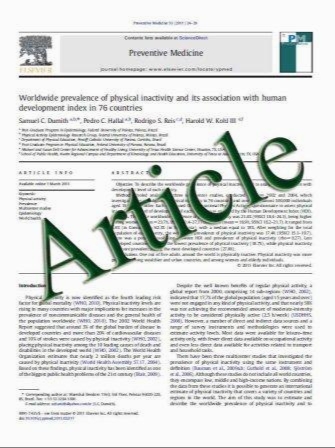Diagnosis and Classification of Systemic Sclerosis
- نوع فایل : کتاب
- زبان : انگلیسی
- مؤلف : Eric Hachulla & David Launay
- چاپ و سال / کشور: 2011
Description
As the diagnosis of systemic sclerosis (SSc) is generally suggested by the presence of Raynaud’s phenomenon followed by typical skin thickening associated with the presence of additional extracutaneous features, capillaroscopic abnormalities, and characteristic autoantibodies, the first classification criteria, published by the American Rheumatism Association in 1980, were based only on clinical and chest X-ray items. As a consequence, 10% to 20% of the patients did not meet these criteria. In 1988, an international consensus was reached resulting in the proposal of a new and more practical classification based on the judgment and clinical practice of an expert panel. This classification introduced the SSc nail fold capillaroscopy abnormalities (dilation and/or avascular areas) and specific antinuclear antibodies. Two subsets of SSc emerged from discussions: diffuse cutaneous SSc (dcSSc) and limited cutaneous SSc (lcSSc). The calcifications, Raynaud’s phenomenon, esophageal hypomotility, sclerodactyly, and telangiectasia (CREST) syndrome can be considered an lcSSc. In 2001, LeRoy and Medsger, realizing the shortcomings of the 1988 subsets in being too exclusive and taking advantage of increased experience with nail fold capillaroscopy and autoantibody determination, proposed criteria for an additional early or limited subset of SSc (lSSc), to supplement the previously recognized lcSSc and dcSSc forms. Patients with lSSc must have Raynaud’s phenomenon and SSc-specific nail fold capillary changes and/or SSc-specific autoantibodies. Some lSSc patients who have no cutaneous involvement but common SSc nail fold capillaroscopy abnormalities, specific antinuclear antibodies, and visceral involvement are sometimes called SSc sine scleroderma. Whether or not lSSc and SSc sine scleroderma are the same or two different subsets is currently not known.
Clinic Rev Allerg Immunol (2011) 40:78–83 Published online: 10 February 2010


